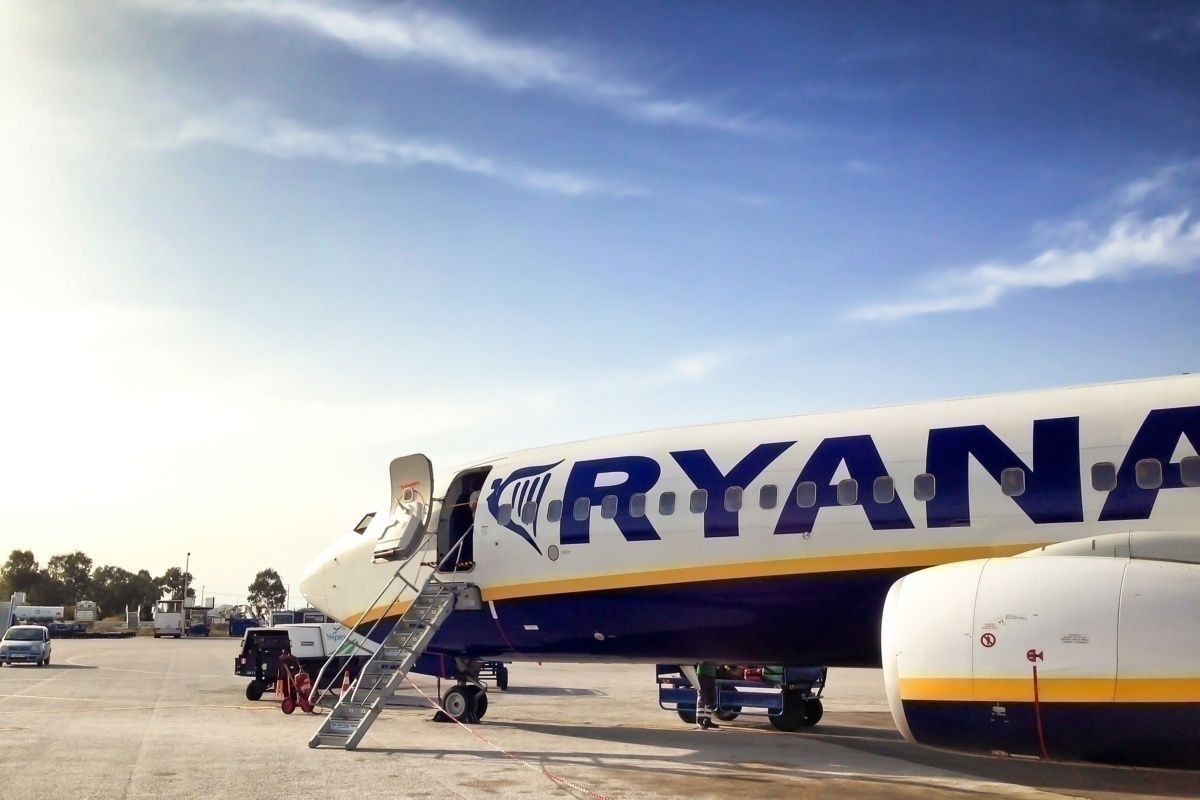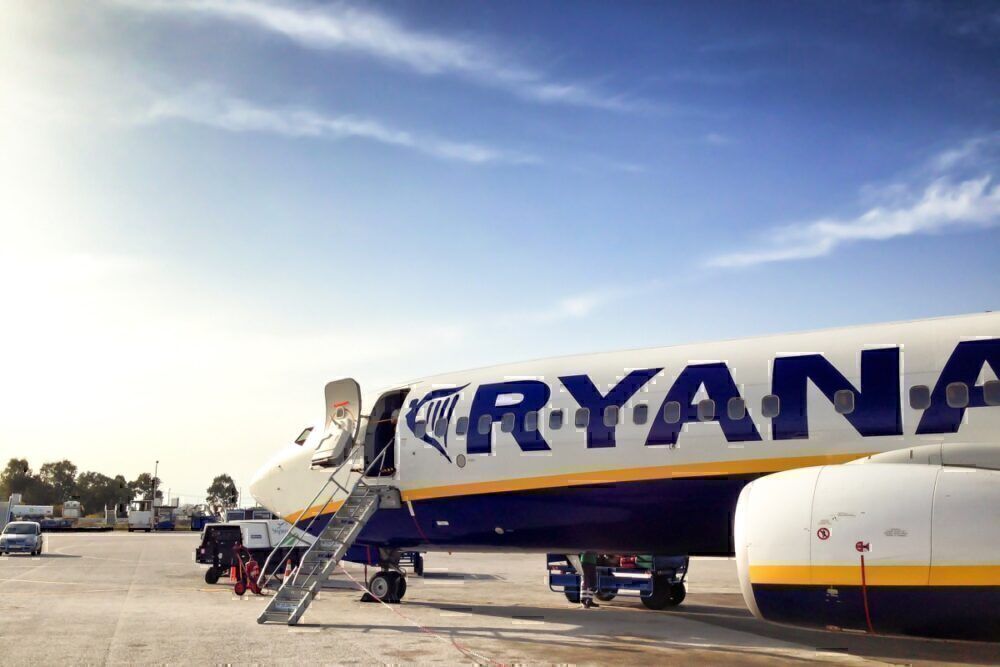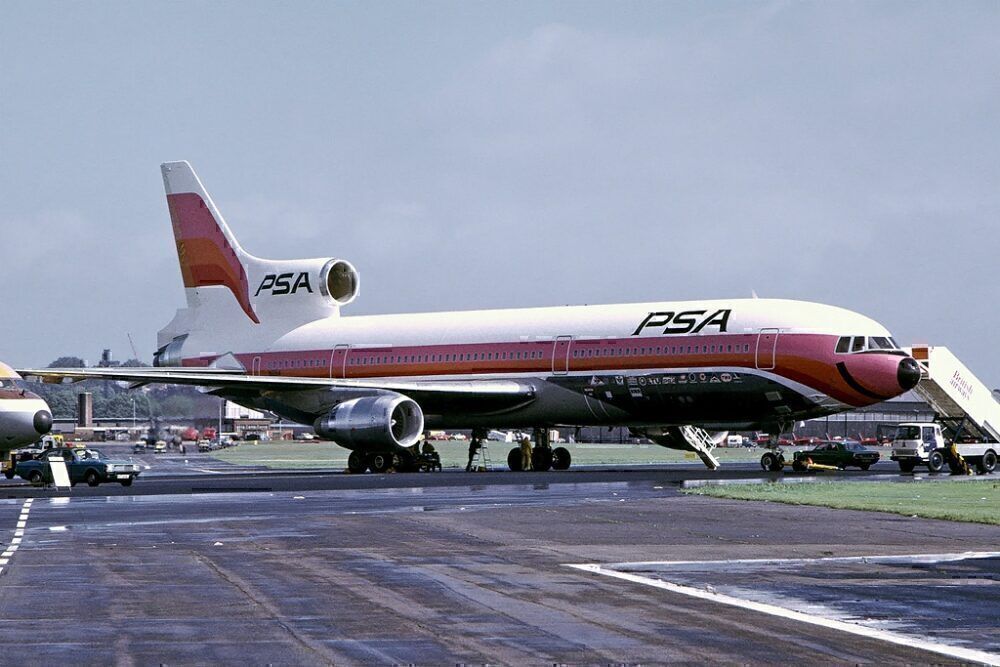Why do some aircraft have built-in stairs in the fuselage? And why do some airlines ask for stairs to be installed on aircraft that don't need them, like the Boeing 737? Let's explore.
What do these stairs look like?
To begin this article, we need to clarify that we mean stairs on doors to allow access between the ground and the aircraft. We don't mean stairs to access alternative levels (like the top deck of the A380, which has two different staircases) as that's fairly obvious.
But what isn't apparent is why aircraft today, with jet bridges and stair cars at nearly every airport, would need external stairs built into the airframe themselves. After all, all aircraft would use a jetbridge, or if using a remote ramp, stair cars provided by the airport would give access.
But some aircraft, even large widebodies, have stairs installed to allow the plane to land and disembark passengers.
Stay informed: Sign up for our daily aviation news digest.
Which aircraft have stairs?
Some aircraft, like the smaller Embraer planes, have stairs built into the doors as they are so low to the ground they can ease passenger embarkation. They can't use a stair car, and it would be wasteful to use a jetbridge so low.
However, some aircraft, like the Boeing 737, have an option to include electric stairs. Ryanair uses these stairs as a way to avoid paying for fees at airports to use jetbridges or stair cars. Believe it or not, by using these electric stairs over a year, the airline can avoid what is likely millions in 'unnecessary' fees.
It also means that these aircraft can be parked at more remote ramps and fly to cheaper airport destinations that don't always have all the passenger boarding infrastructure found at bigger airports. Plus, the aircraft can deploy the stairs as soon as it touches down, drop off the passengers and pick up anyone new, take-off, and fit in more flights in the day. More flight sectors equal more profits.
However, stairs do break down (and require to be fixed before the plane can leave), and also increase the weight of the aircraft. So unless you need them, many airlines do without.
Other narrowbody aircraft that have built-in stairs include the Boeing 727, and its also available on the Airbus A320 family (although very rare).
What about widebody aircraft?
Bigger planes, like the Boeing 747, have sometimes been known to include stairs. They can have stairs installed if they need to allow access for VIPs without working with ground services. For example, the US Air Force One can deploy its own stairs that allow it to fly to airports that don't have ground services.
The Lockheed L-1011 TriStar also had its own full staircase installed to allow passengers to disembark at airports without jetbridges. The stairs were deployed to the side and allowed passage into the forward cargo area. If the airline didn't use the forward cargo area, it could be converted into a 'boarding lounge,' allowing passengers to mingle and rest before taking their seats!
What do you think? Have you ever used stairs that come with a plane? Let us know.



